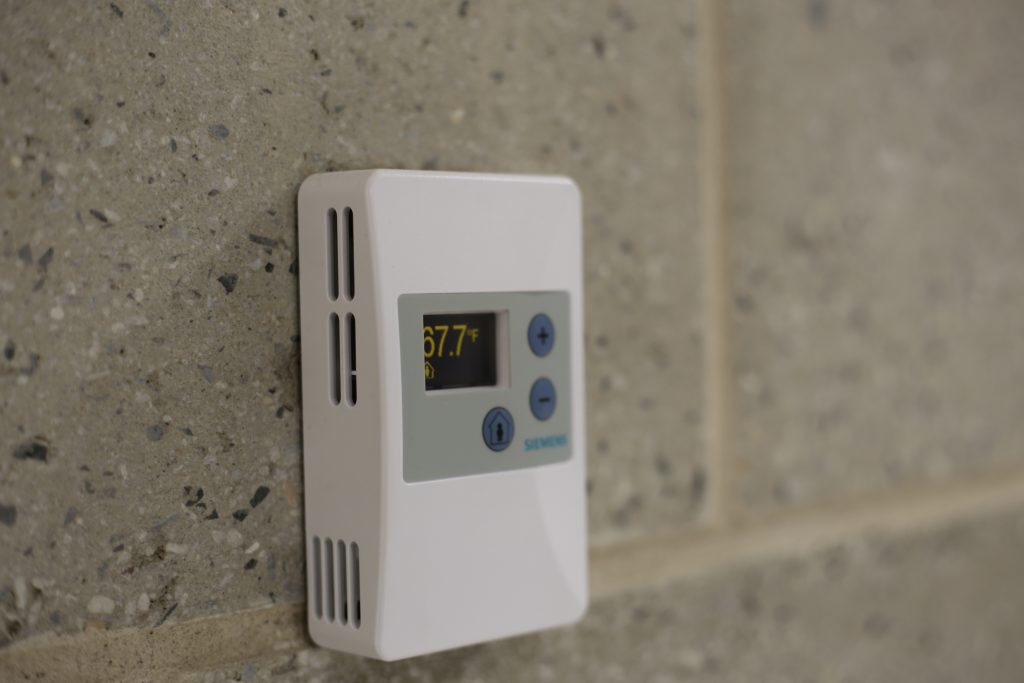Earlier this month, State Sen. Liz Krueger, a Democrat representing Manhattan’s East Side, reintroduced the New York Home Energy Affordable Transition Act, or the NY HEAT Act to lower the cost of energy bills and continue the transition away from fossil fuels. The legislation, which would cap the cost of energy for low- to middle-income families, has previously passed twice in the State Senate but has yet to pass the Assembly.
State Sen. Lea Webb ‘04, who represents Greater Binghamton in Albany, wrote in a January op-ed that energy costs will continue to rise. On average, New Yorkers spend around 3.4 percent of their income on their energy bills, but for low-income households, this increases to around 13 percent.
“The NY Heat Act is a critical step forward in addressing these challenges,” Webb told Pipe Dream. “By implementing this legislation, we will provide immediate relief to families struggling to stay warm during the winter months and ensure that no one has to choose between paying their bills and taking care of their loved ones. It’s time we put people first and take action to alleviate these burdens.”
Currently, the Home Energy Assistance Program assists New Yorkers with paying their energy bills. According to the Office of Temporary and Disability Assistance, the state issued more than 1.4 million benefits as of January, an increase of 64,000 from last year. Because of insufficient federal funding, the program was temporarily shut down earlier this year, and on Jan. 25, Gov. Kathy Hochul reallocated $35 million to keep the program afloat.
Krueger’s bill would remove the 100-foot rule, which states that utilities must provide gas for free if a new customer lives within 100 feet of a gas line. Some critics, including State Sen. George Borrello, a Republican representing a Buffalo-area district, say it would counteract efforts to increase affordable housing options as it takes away residents’ ability to acquire cheap natural gas options.
Supporters of the bill say it will reduce energy spikes by removing the need for natural gas in homes, arguing that costs will only continue rising if natural gas is the sole energy source available.
“The primary drivers of gas rate increases are inflation, property taxes, and repairing aging, century-old infrastructure and expanding the system,” Krueger wrote. “That’s why gas utilities are projected to charge New Yorkers 18% more for heat this winter, even though the price of gas itself has gone down.”
“NY HEAT will immediately take upward pressure off rates by removing the forced subsidies for system expansion and allowing for a planned, phased right-sizing of the gas distribution system that will avoid billions of dollars in unnecessary infrastructure spending while transitioning customers to cleaner, healthier, more affordable, more comfortable alternatives,” she added.
A provision in the 2023 state budget effectively bans gas-powered stoves, heating and furnaces in new constructions. The 2020 Climate Leadership and Community Protection Act requires New York to reduce greenhouse gas use by 40 percent by 2030 and 85 percent by 2050, based on 1990 emissions. In 2015, the state banned high-volume hydraulic fracking, and in 2024, the Assembly passed bans on carbon dioxide drilling and fracking.
“Every new mile of gas pipeline costs an average of $3-$6 million — $60,000 per customer on that line — all subsidized by existing ratepayers,” Krueger said. “NY HEAT will end those subsidies.”



